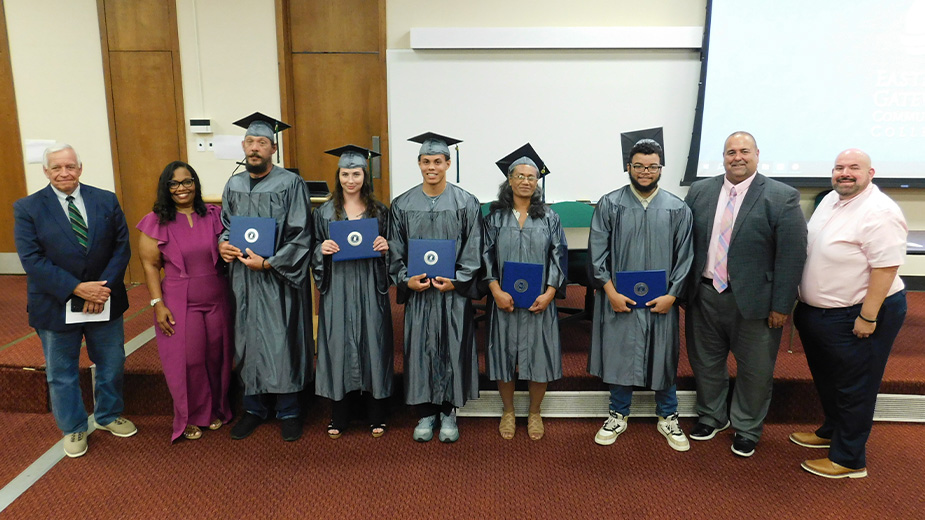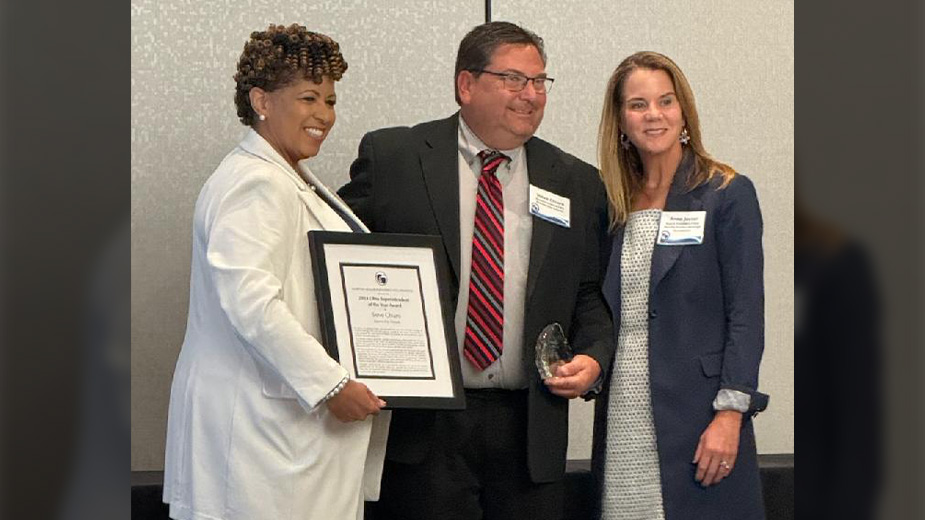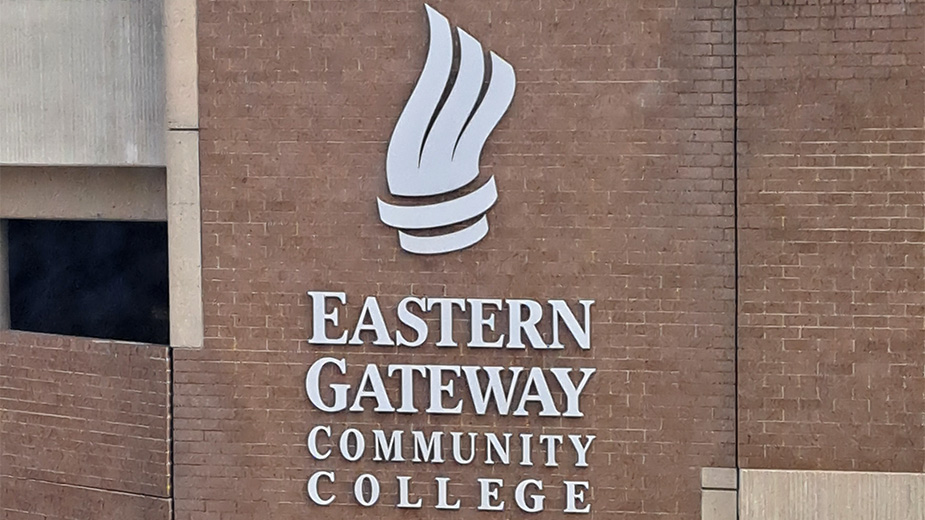Kent Research Finds New Properties of Liquid Crystals
By Jim Maxwell
KENT, Ohio — Researchers in Kent State University’s College of Arts and Sciences published an article on new properties of liquid crystals in the May 27 issue of Physical Review Letters. The article, which describes some recent surprising results involving nematic liquid crystals induced by a high magnetic field, is currently featured on the American Physical Society website.
http://journals.aps.org/prl/abstract/10.1103/PhysRevLett.116.217801
“This basic scientific discovery does not have immediate applications, but may eventually lead to advances in refrigeration efficiency and computer memory storage using latent heat,” said Antal Jakli, Ph.D., professor of chemical physics in Kent State University’s Liquid Crystal Institute.
The article details how researchers observed a large elevation in the nematic to isotropic phase transition temperature in various thermotropic liquid crystal dimers.
Dimers are molecules consisting of two identical rigid rod-shaped molecules linked togethers. The researchers attribute this unprecedented shift to a magnetic field-induced straightening in the average conformation of the dimers.
“This is the first example showing that a magnetic field can change the shape of the molecule,” Jakli said.
The publication is the result of collaboration between Jakli, Jim Gleeson, Ph.D., professor and chair of Kent State’s Department of Physics, Samuel Sprunt, Ph.D., professor of physics, and Muhammad Salili, a doctoral student. Other co-authors are Georg H. Mehl and Chris Welch of the Department of Chemistry at University of Hull in the United Kingdom and M. Gabriela Tamba at the Institute for Experimental Physics at the Otto von Guericke University in Magdeburg, Germany, who synthesized the materials used in the experiment.
The experiments and measurements were performed at the National High Magnetic Field Laboratory in Florida. The researchers loaded each compound in a 10×10mm planar glass cell into a Teflon-insulated temperature-controlled oven with optical access and temperature sensor probes. The oven is inserted into the bore of the 38 megawatt magnet at the lab, which has an optical access perpendicular to the field direction.
“With a magnet you can change the phase transition by 10 degrees, which is really astonishing, Jakli said. “We can shift the phase transition temperature 100 times more than a normal liquid crystal material. No one predicted this. We really hope it will trigger some theoretical work because we have a plausible explanation but it’s not really a theory.”
Pictured: Muhammad Salili, a doctoral student at Kent State University, works at the National High Magnetic Field Laboratory in Tallahassee, Fla.
SOURCE: Kent State news service.
Copyright 2024 The Business Journal, Youngstown, Ohio.



